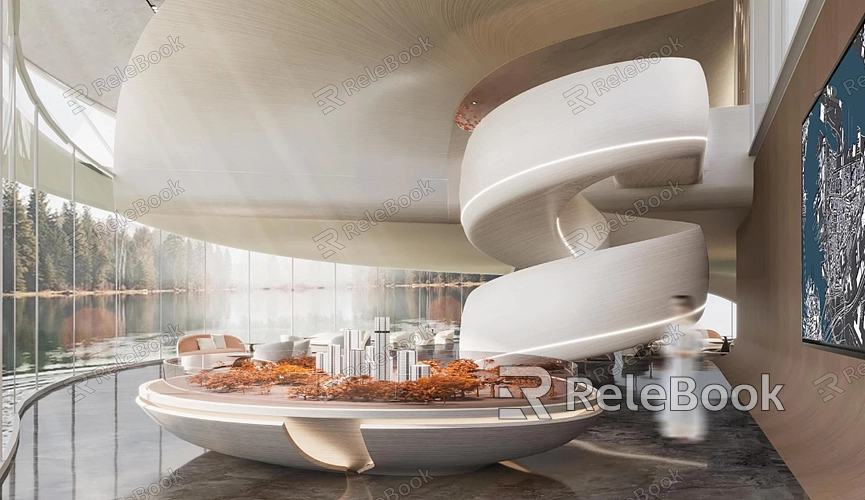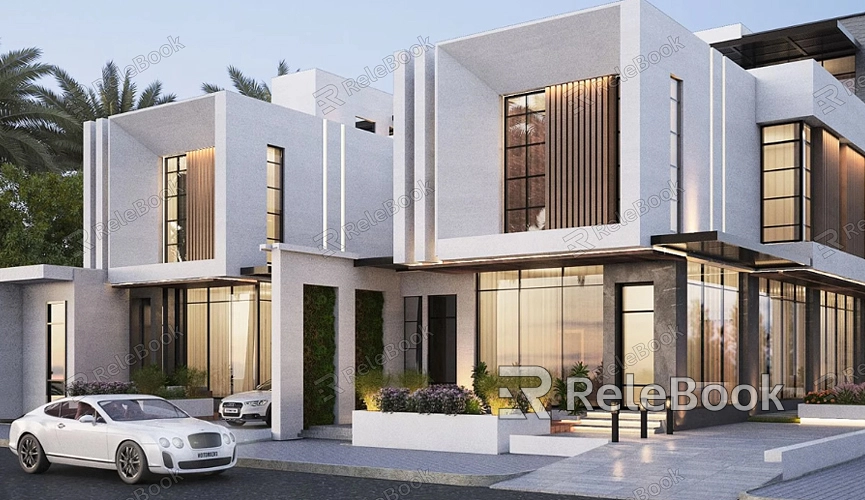How to Render 3D Models in SketchUp?

Getting Started with SketchUp
Before diving into rendering, it’s important to familiarize yourself with SketchUp's interface and features. SketchUp is known for its user-friendly design, making it accessible to beginners and professionals alike. The software provides various tools for creating and editing 3D models, including drawing, scaling, and rotating features.
To start rendering, ensure that your 3D model is complete and that all elements are properly detailed. Good practice includes checking textures, materials, and lighting within your model. Once your model is ready, you can proceed with the rendering process.
Choosing a Rendering Plugin
SketchUp does not include built-in rendering capabilities, so you will need to use a third-party rendering plugin to achieve high-quality results. Some popular rendering plugins for SketchUp include:
1. V-Ray: A powerful and versatile rendering engine known for its realistic output and wide range of features.
2. Enscape: Provides real-time rendering and virtual reality capabilities, making it suitable for interactive presentations.
3. Lumion: Offers fast rendering with impressive visual effects and is ideal for large-scale projects.
Each plugin has its own set of features and advantages, so choosing the right one depends on your specific needs and preferences.

Setting Up the Scene
Once you have selected a rendering plugin, you need to set up your scene for rendering. This involves configuring several key elements:
1. Lighting
Proper lighting is crucial for achieving realistic renderings. Most rendering plugins allow you to adjust the intensity, color, and direction of light sources. You can use natural light (sun and sky) or artificial light sources (spotlights, point lights, etc.) depending on the desired effect.
2. Materials and Textures
Materials and textures play a significant role in rendering quality. Ensure that your model’s materials are properly applied and have realistic properties. Rendering plugins usually offer advanced material settings, such as reflection, refraction, and bump maps, which can enhance the realism of your render.
3. Camera Settings
Adjusting camera settings helps control the perspective and framing of your render. You can set the camera angle, field of view, and depth of field to create visually appealing compositions. Most plugins provide options to preview the scene from different angles before finalizing the render.
Rendering the Model
With the scene set up, you can now proceed to render your 3D model. The rendering process typically involves the following steps:
1. Choosing Render Settings
Select the render settings based on the quality and resolution you desire. Higher quality settings will produce more detailed and realistic results but may take longer to process. Common settings to adjust include resolution, sampling quality, and render output format.
2. Starting the Render
Initiate the rendering process by clicking the appropriate button in your plugin’s interface. The rendering engine will process your model based on the settings you’ve configured. Depending on the complexity of your scene and the power of your hardware, this step may take some time.
3. Reviewing and Refining
After the render is complete, review the output and make any necessary adjustments. You may need to tweak lighting, materials, or camera settings and re-render the scene to achieve the desired result.
Post-Processing
Once you have your rendered image, you may want to perform post-processing to enhance the final output. Post-processing can be done using image editing software such as Adobe Photoshop. This step allows you to adjust colors, contrast, and other aspects of the image to achieve a polished look.
Common Issues and Troubleshooting
Rendering can sometimes present challenges. Here are a few common issues and their solutions:
1. Long Render Times: If your render takes too long, consider lowering the quality settings or optimizing your model by reducing unnecessary details.
2. Texture Problems: If textures appear incorrect, ensure that they are properly mapped and that the rendering plugin supports the texture formats used.
3. Lighting Issues: Adjust light sources and check for any shadows or reflections that may affect the overall appearance of the render.
FAQ
What is the best rendering plugin for SketchUp?
The best rendering plugin depends on your needs and preferences. V-Ray, Enscape, and Lumion are popular choices, each offering unique features and advantages.
How can I improve the quality of my renders?
To improve render quality, ensure that your materials and textures are applied correctly, use proper lighting, and adjust the camera settings. Higher resolution and sampling settings also contribute to better results.
Why is my render taking so long?
Long render times can be caused by high-quality settings, complex scenes, or insufficient hardware. Reducing quality settings or optimizing your model can help speed up the process.
Can I edit my render after it’s completed?
Yes, you can use image editing software like Adobe Photoshop for post-processing to enhance the final output.

